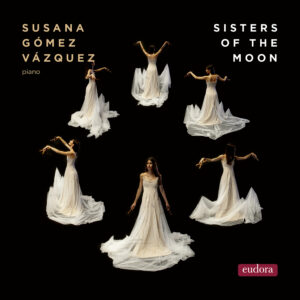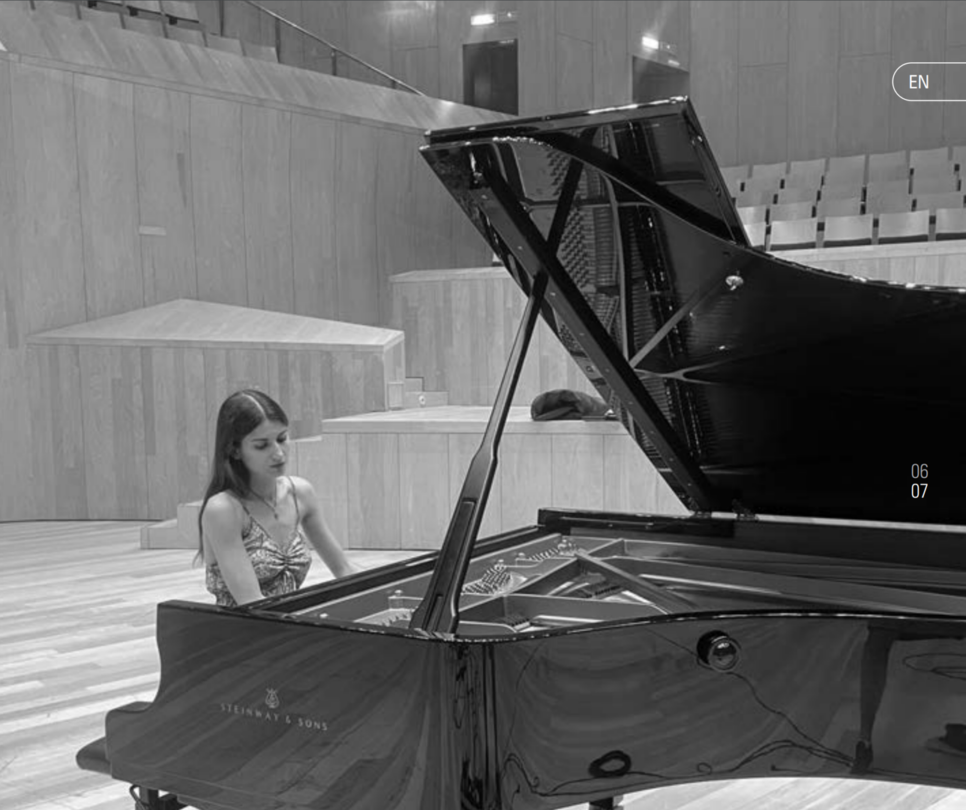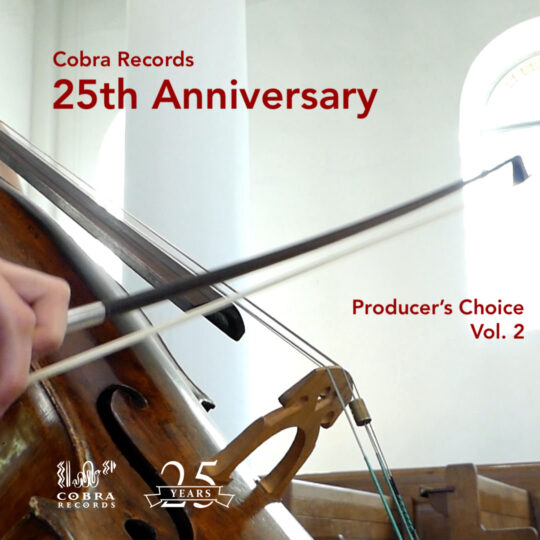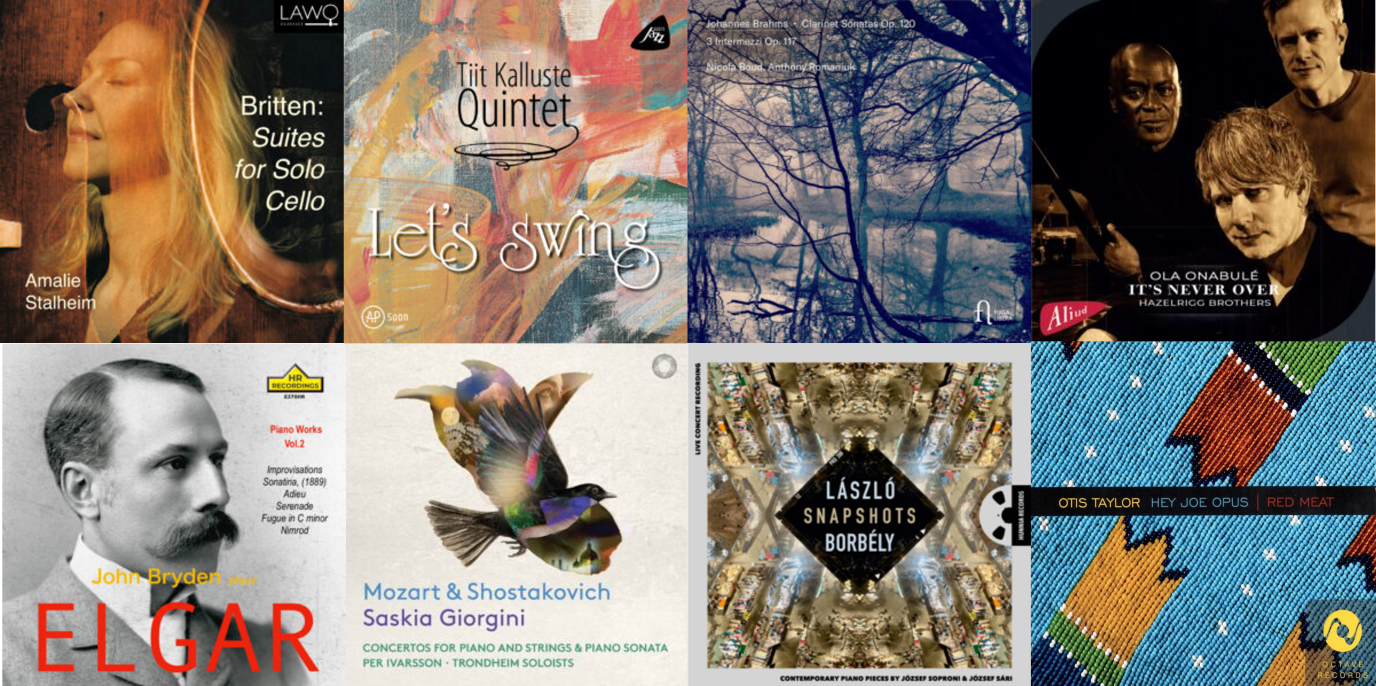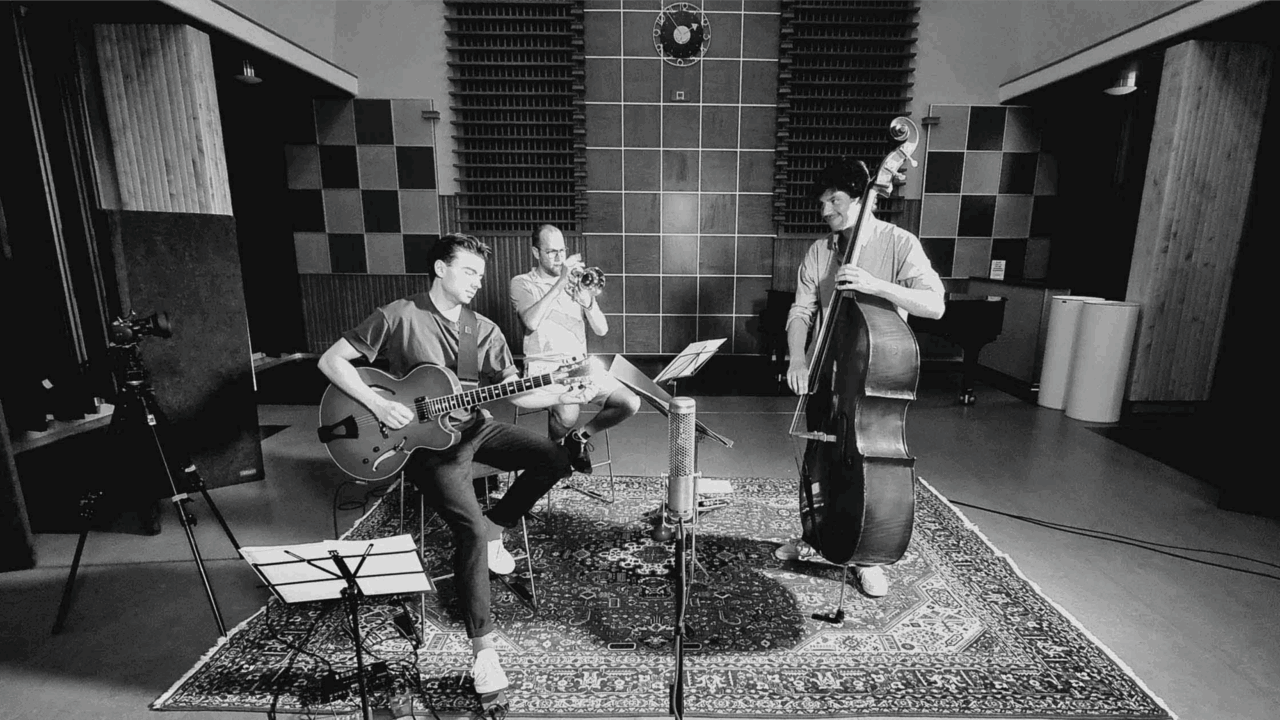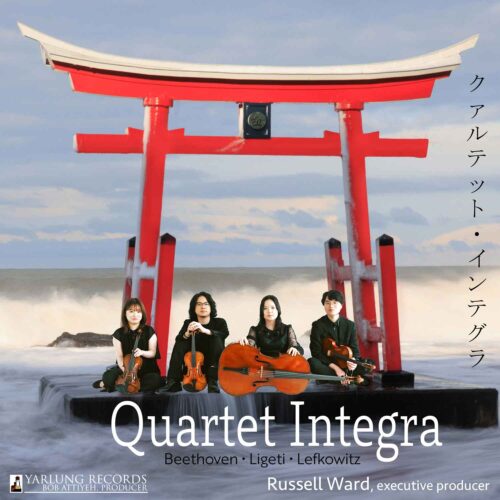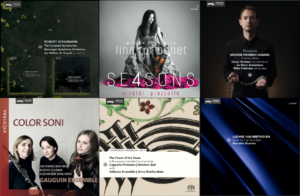When I hear that Gonzalo Noqué is releasing a new Pure DSD256 recording on his Eudora Records label, my ears prick up. When I find that he is recording the excellent pianist Susana Gomez Vazquez, I'm doubly on alert. Her playing is just scintillating and her choice of programming is always intriguing. And so, when the album became available this past week, I downloaded it immediately and started listening. And wow! What a rewarding recital and recording this has been.
Sisters of the Moon, Susana Gómez Vazquez. Eudora Records 2024 (Pure DSD256, Stereo, MCh). HERE
Susana Gómez Vázquez tells us that the album is an ode to that cluster of female composers who, despite their different nationalities and cultures, "connect with me through their music and inspire me in my daily life as a person and as a pianist." They are her Pleiades, or Seven Sisters, who according to Greek mythology served the goddess Artemis. They lived a life devoted to love and rebelled against the obligation to preserve their virginity. One day, on being pursued by the hunter Orion, they were given their freedom by being transformed into doves and then a cluster of stars in the night sky. In Inca mythology, they are seen as the mothers of the universe.
The Pleiades are metaphorically embodied by the composers who feature on this album: Hélène de Montgeroult (1764-1836), Fanny Mendelssohn (1805-1847), Amy Beach (1867-1944), Nadia Boulanger (1887-1979), Alicia de Larrocha (1923-2009), Iluminada Pérez (1972), Claudia Montero (1962-2021), Florence Price (1887-1953), and, most enjoyably Susana Gómez Vázquez (1995) herself.
Recording session in the Auditorio de Zaragoza, Sala Mozart, Zaragoza, Spain, July 2023.
The album opens with Hélène de Montgeroult (1764-1836) and the expressive power of her Études Nos. 37 and 111. There is great strength in these notes. She founded the school of fortepiano teaching and was the first female keyboard professor at the Paris Conservatoire. Legend has it that after she was sentenced to death during the French Revolution because of her noble origins, she escaped the guillotine by giving a rousing performance of the Marseillaise in front of the Tribunal, causing "all present to join in the singing, led by its President."
Fanny Mendelssohn (1805-1847) takes us into a world of lovers' serenades (June) and riverside melancholy (September) from her 1841 cycle entitled Das Jahr in which each work represents a month of the year. Fanny lived in a society in which the most she could aspire to was composing for domestic use or publishing works under the name of her brother, Felix. What a long ways we have come. Hurrah!
American composer Amy Beach (1867-1944) perfectly captures the bird's melancholy song from a poem by John Vance Cheney that inspired this piano composition: Hermit Thrush at Eve. This was a new work to me. It is always a thrill to hear something by Amy Beach that I've not heard before. She is a composer I find endlessly enjoyable.
The three Petites Pièces pour piano by French composer Nadia Boulanger (1887-1979) flow with crystalline clarity from the last notes of Amy Beach's Hermit Thrush at Eve. On my first listen to this album I lost track of the tracks and was just sailing along with the music--I didn't realize Susana had moved to a new work until it was almost over. Boulanger wrote this set of pieces in June, 1914, while she was spending the spring in Italy with her sister Lili. Conductor, composer, organist and teacher of teachers, Nadia was one of the leading musical figures of the 20th century
And I'm embarrassed to say I was not aware that the great Spanish pianist Alicia de Larrocha (1923-2009) was also a gifted composer. For shame on me. This track, Festívola, is a first recording of this work. It is part of a collection that the composer referred to as "Pecados de Juventud" ("Sins of Youth"): musical anecdotes from her younger days. I'll have to find more from this collection.
Spanish composer Iluminada Pérez Frutos (b.1972) turns things on their head with a piano and electroacoustic composition Le Sette Sorelle dal Cielo written for the Tenerife planetarium. It is fresh, vital and a nice pace change.
Composed in 2023 specifically for this album, Susana own composition, Oda a Kassia ("Ode to Kassia") honors one of the earliest female composers in western history, the Byzantine-Greek woman Kassia. It is placed as a bridge from the Frutos to Montero compositions.
Susan writes that "Argentinian composer and four-time Latin Grammy-winner Claudia Montero (1962-2021) wrote her Rondo in Valencia, where she had lived since 2002. As if dancing in circles, this work switches between a theme made up of polyrhythms and other deeply evocative moments that transport us to Montero's roots in her native Argentina."
African American composer Florence Price's (1887-1953) Fantasie Nègre brings the album to an end. Writes Susana, "Composed in 1929, it was inspired by the Negro spiritual 'Sinner, please, don't let this harvest pass.' The Fantasie notably fuses the musical conventions of Western Europe—as reflected, for example, in the work's structural design with an inventiveness and a musical idiom of African origin."
Four pieces on the album are first recordings: the works by De Larrocha, Pérez, Vázquez, and Montero. What a nice treat to be able to hear something completely new to recordings!
This is simply a wonderful album. It sings, flows, scintillates, and dances. The first time I played it, I just lost myself in the music and Susana's playing. I was surprised when the music stopped nearly an hour later. Tonight I'm listening yet again for the fifth time as I'm writing this. So, do I say I like this album? Oh yes. Indubitably. It is wonderful music, beautifully played. A delight to commune with seven such talented composers whose music is shared by such an equally talented pianist/composer as Susana Gómez Vazquez.
Susana Gómez Vazquez, 2023
And did I not tell you about the excellence of the sonics on this album? Oh, silly me. Yes, yes, yes. Gonzalo has given us yet another outstanding aural treasure. His last several recordings of solo piano have been simply outstanding. His chosen venue of the Auditorio de Zaragoza, Sala Mozart, Zaragoza, Spain, provides a lovely acoustic: clear but with a nice rich ambiance. All of which Gonzalo is leveraging to the hilt to deliver something outstanding. The sound of the piano is as transparent as one could hope to hear, and his balance of direct and reflected sound is perfectly judged to allow the harmonic overtones to fully develop. The result is a timbre and resonance to the piano that is simply luscious (to use a technical term). In short, I love it. And the Pure DSD256 format (absolutely no PCM processing), coupled with superb microphones and cabling, is as true to life as one gets.
If you enjoy solo piano, you owe it to yourself to get this Pure DSD256 album, either stereo or multichannel, and listen to it in its full transparent beauty.
Well done Gonzalo, and bravissima Susana!
All images courtesy of Eudora Records.




